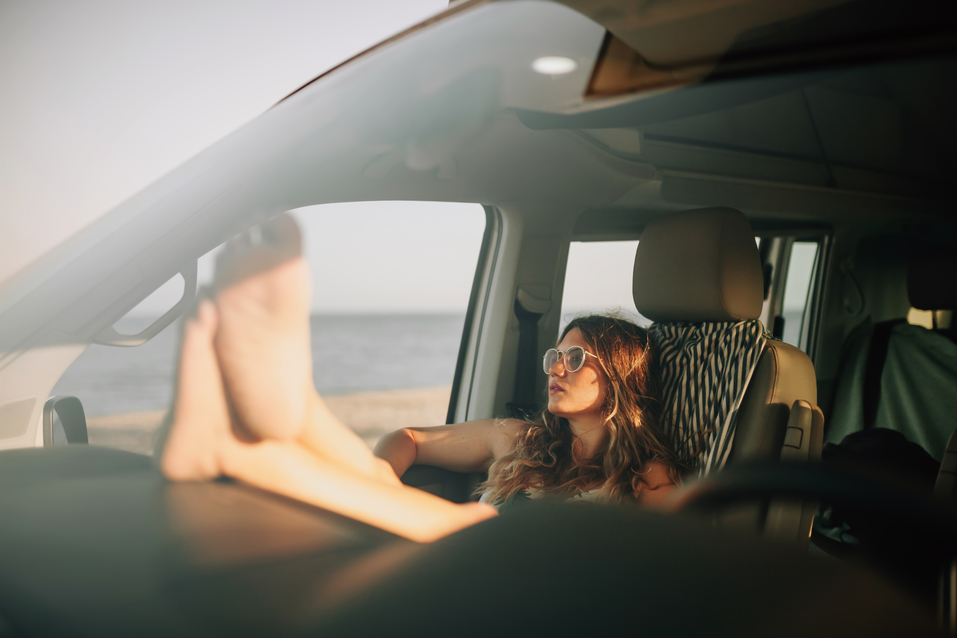Working with light is one of the first things that you would have probably learnt as a photographer. Whether that be studio or natural lighting, it plays a huge part in your work and can drastically change the final outcome of your photographs. Last month we walked you through the steps of making the most of Blue Hour, the twilight period at the beginning and end of the day when the sky appears in different hues of blue, but as the days get longer and warmer, you will have probably noticed less of the blue hues and more golden tones, subdued shadows and the sun essentially becomes a massive, natural soft box.

In photography terms, Golden Hour is the period of time shortly after sunrise and sunset when the sky is filled with golden hues and a soft orange filter can be seen across. It’s a favourable time of day for photographers that want to make the most out of natural lightning without encountering harsh lines and shadows. It has become very popular to shoot portraiture photography thanks to the sun’s soft box effect and is the best time to capture some amazing sunrise and sunset pictures.
To make the most out of the Spring and Summer periods, our content team have put together 4 top tips for shooting in the Golden Hour.
1. Choose the right lens
This is the most important part of getting stunning golden hour images, and it has to be our number one tip. Choosing a lens with a wide aperture allows you to get that blurred background effect, also known as bokeh, that so many photographers look for, especially when shooting portraits. This will not only add amazing depth to your images but will also provide you with a more dynamic and less-contrasted shot. Because the sun is as its lowest, you will naturally get longer shadows and having a lens with a low aperture setting (anywhere between F1.2 – F4) will help minimise this.

2. Place your subject according to the light source
This applies more to those shooting portraits, but you really do want to be careful with where you place your models. Placing your model in front of the sun will create a shadow silhouette and their features will be hidden, with only their body outline visible, unless that is the look you are going for! However, if it’s not, you should face your model towards the sun and have your back to the sun so that the lighting falls in front of your model, rather than behind. This is how you will achieve those soft golden and orange hues and you can really play around with this by using reflectors to bounce the light back into your model’s face for extra glow. If you are shooting landscapes instead, this also applies. Make sure that the shot you are trying to capture is evenly lit.
3. Find the perfect location
Location scouting should always be one of the first things you do before a shoot, especially since you want to familiarise yourself with the location and find the best spots in order to make the most out of the limited light you’ll have. Regardless of what you are shooting, the location will make a huge difference in the final outcome. Make sure you are also keeping an eye on sunrise and sunset hours as these may vary depending on where you look, we recommend downloading an app that can help you keep track of the exact times so you can make the most out of it.

4. Watch out for clouds
Depending on how cloudy the sky is on the day you choose to shoot, you may need to plan ahead for the clearest day in the sky to shoot on. You really want to keep an eye out for the weather a few days before you plan to shoot, even in the summer. Where you are based can affect the sky on the day that you want to shoot so you may not even get to see golden hour at all. Clouds can sometimes enhance the sunrise or sunset you are wanting to capture or they can completely block the view. Keep an eye on the weather!
We hope these tips have helped you get inspired to pick up your camera and get shooting. See the full Ingimage Golden Hour lightbox here.












No Comments